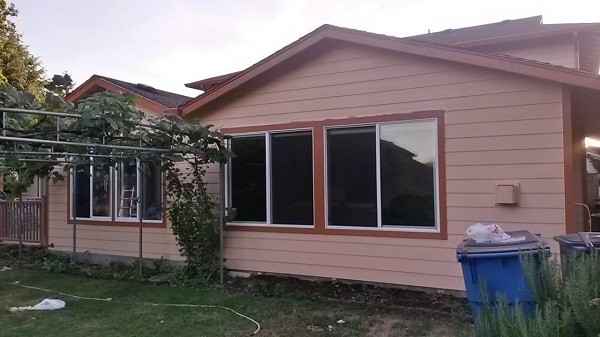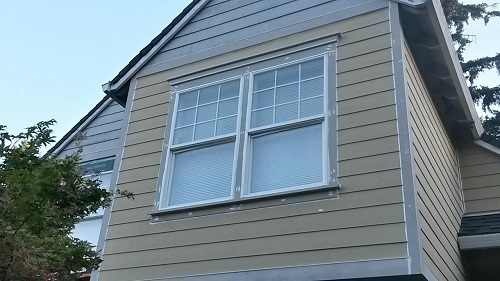
Energy Efficiency Starts With The Exterior
Before installing solar, buying modern appliances, or wiring your home for optimized energy monitoring, the first thing to do to improve energy efficiency is to simply make sure your home’s heating, cooling and lighting are as stable as possible.
And the only way to do that is to make sure your home doesn’t leak energy through its exterior components and in particular, the windows.
Of course, there are plenty of ways to produce more or less heat in a house, but in order to fine-tune your energy efficiency and have true control over your comfort and utility bills – you need an exterior that’s built to be energy-efficient.
- Design your home to keep warmth in during the cold months
- Utilize natural ventilation in the warmer months
- Seal your home from energy loss when running the A/C
- Maximize natural lighting
- Install doors and windows that don’t lose heat
Energy Efficiency That’s Clear As Day
Unlike the other components of your exterior, your windows provide the potential for increases in energy efficiency in both temperature and lighting. As regulators of temperature, your windows are the most dynamic part of your exterior.
Not only do they open and close, but they’ve got to work as hard as your walls do, while being translucent and still providing security.
The main challenge with windows comes from the fact that a window consists of many individual parts, each of which presents an opportunity to be a weak link. In our previous article, we talked about the U-Factor of windows. Your U-Factor is the measure of your window’s ability to retain heat (energy). The lower the U-Factor, the better.
Natural Lighting
Windows also present a second opportunity for energy efficiency by allowing in natural light to illuminate homes. Intelligent building design knows how to harness this beyond simply creating more windows. By situating a window in the right location, the interior can be used to reflect an energy-saving, diffused light that lights up the ambient light throughout the home.
This trick has been known for some time. Photographers often use reflected natural daylight to provide usable, soft lighting for pictures. And in architecture, large windows have been used to allow daylight to reflect off floors and light up buildings throughout the day.

Keep Your Home’s Temperature Right Where You Want It
Your home’s temperature is ultimately determined by where you live. But regardless of climate – hot, cold, dry, or wet – insulation is critical for keeping your home energy efficient. With that in mind, here are a few things to remember about energy use in your home.
Heating Your Home
Keeping your home warm requires more energy utilization than keeping it cool. There is an exception to this. Second-floor units that receive rising heat from below, and solar heat permeating from above will require more energy to keep cool. Which brings us to our next point.
Cooling Your Home
Cooling a home beyond the ambient temperature of the surrounding environment uses a similar amount of thermodynamic energy as heating it. Cooling your home to match the ambient temperature, however, requires no use of energy whatsoever. You can imagine then that homes in temperate climates don’t need much energy to keep their home cool.
Make Your Home A Closed System
In thermodynamics, a closed system is an area that is isolated by a boundary that admits no transfer of matter or energy across it. While your home can never be a fully closed system, keeping it as close as possible is vital to energy-efficiency.
